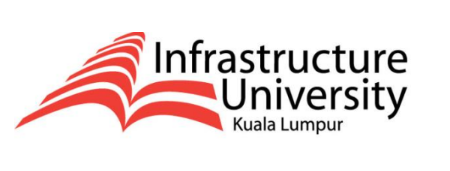Pengaruh Inflasi, Likuiditas dan Struktur Modal terhadap Profitabilitas Perusahaan yang Termasuk dalam Jakarta Islamic Index Tahun 2010-2020
DOI:
https://doi.org/10.21154/joie.v2i1.4484Keywords:
Inflation, Liquidity, Capital Structure, ProfitabilityAbstract
The Jakarta Islamic Index contains 30 sharia-based stocks that have the highest market capitalization and transaction values. based on the 2010-2020 documentation, there is a gap with the theory of inflation, liquidity and capital structure on profitability. In 2012 inflation rose to 4.3% from the previous year's 3.79%, but the profitability of Indonesian Telecommunications companies and Unilever fell. In 2014 the liquidity at Kalbe Farma company decreased to 29.38% this was not followed by an increase in profitability. The capital structure of United Tractors company in 2011 decreased to 68.85% from 2010's 83.88% but was not followed by the increase in the profitability of United Tractors company. This study uses quantitative methods with a sample of 4 companies in the Jakarta Islamic Index. With 44 data from 2010-2020. The source of research data is secondary data, while the data collection method uses documentation from companies in the Jakarta Islamic Index. The independent variables are inflation, liquidity and capital structure, while the dependent variable is profitability. The data analysis technique used descriptive analysis, classical assumption test, and multiple regression. The results showed that the inflation variable had no significant effect on the company's profitability, while liquidity and capital structure had a significant effect on the company's profitability. Partially inflation, liquidity and capital structure have a significant effect on company profitability with a coefficient of determination of 41.2%.
References
Kasmir. (2012). Analisis Laporan Keuangan. Jakarta: PT. Raja Grafindo Persada. Frank E. Vogel dan Samuel L. Hayes. (2007). Hukum Keuangan Islam.Bandung.
Nusamedia.
M. Nur Ranto Arif. (2010). Teori Makro ekonomi Islam.Bandung: Alfabeta.
Boediono. (1998). Ekonomi Moneter. Yogyakarta: BPFE.
JJ. Wild, Subramanyam, K.R dan Halsey. (2005). Financial Statement. Jakarta: Salemba Empat, 2005.
Ating Somatri, Sambas Ali Muhidin. (2011). Aplikasi Statistika Dalam Penelitian.
Bandung: CV Pustaka Setia, 2011.
Sugiyono. (2017). Metode Penelitian Kuantitatif, Kualitatif, R & D. Bandung: Alfabeta.
Rahardjo. (2009). Laporan Keuangan Perusahaan. Yogyakarta: Gadjah Mada University Press.
Amalia Nur Chasanah dan Daniel Kartika Adhi. (2017). Pengaruh Total Asset Turn Over, Return On Asset, dan Net Profit Margin Terhadap Perubahan Laba Pada Perusahaan Sektor Otomotif yang Listed di BEI. Jurnel STIE Vol. 9 No. 3, ISSN: 2085-5656. 114.
Kurniasih Dwi Astuti, Wulan Retnowati dan Ahmad Rosyid. (2015). Pengaruh Struktur Modal terhadap Profitabilitas (Studi pada Perusahaan Go Publik yang Menjadi 100 Perusahaan Terbaik Versi Majalah Fortune Indonesia Periode Tahun 2010-2012). Jurnal Akuntansi, Volume 2, No.1. 49.
Bunga Asri Novita dan Sofie. (2015). Pengaruh struktur modal dan likuiditas terhadap profitabilitas. e-jurnal akuntansi trisakti, Vol 2, No. 15.
Ahmad Ali. (2015). Pengaruh Struktur Modal terhadap Profitabilitas pada Perusahaan Telekomunikasi.. Jurnal Ilmu dan Riset Manajemen, Volume 4, No. 9, 7.
www.idx.co.id


















